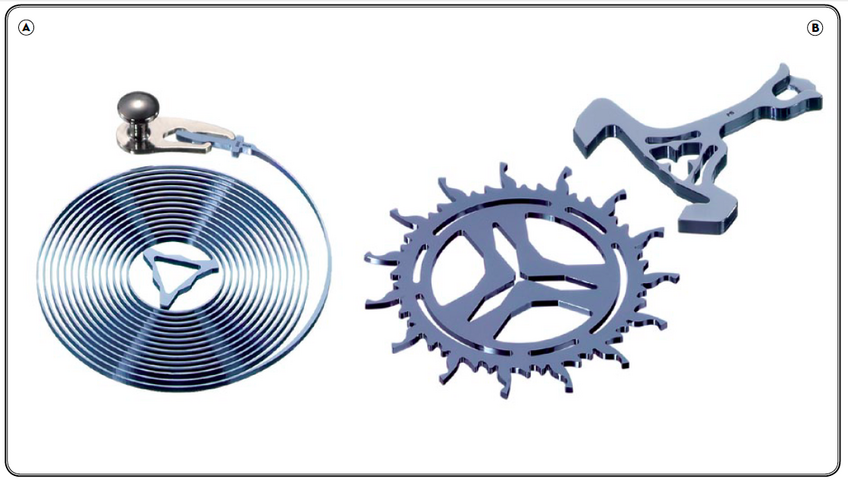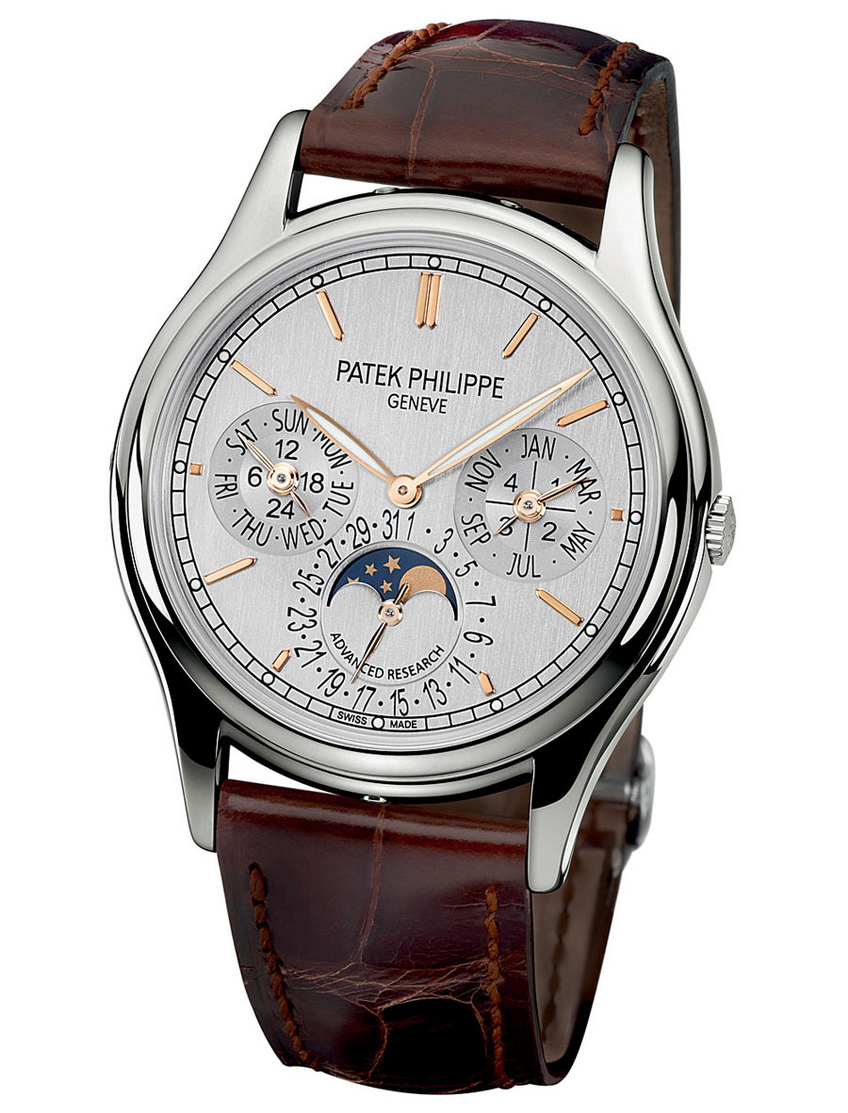

Jean-Pierre Musy: In Search of Accurate Time
Soon he will be completing 35 years at Patek Philippe, Jean-Pierre Musy was initially hired at Patek to conceive the celebrated Calibre 89, continuing with Star Caliber, Sky Moon Tourbillon etc., but today he is mostly proud of his little ‘baby’, the Annual Calendar, which became a trend in various brands. For the last 10 years he has been working on improving the precision of Patek watches.
First published on veryimportantwatches.com
Constantin Stikas: In the sphere of high frequency, there was a single protagonist since 1969, the El Primero, which operated at 5Hz. In recent years we have seen watches operating at 5, 8, 10 and even at TAG Heuer at 50, 500 and 1000Hz! Are there any limits in this quest for the unexpected?
Jean-Pierre Musy: It is an interesting subject indeed. I worked on Grandes Complications at Patek from 1980 to 2001 and then, in 2002, I changed field and I have been working for 10 years on improving base calibres with the aid of new technologies. We thought from the outset that there were improvements to be made on oscillators and it was for this reason that we began our research on silicon. We made a new spring, a new escapement and a new balance, therefore a complete oscillator using this material and we named it Oscillomax.
With the Oscillomax we have attained an extraordinary degree of precision. I believe that we are going to leave our mark on an entire era, because we have made considerable progress in the precision of watches thanks to silicon.
CS: This in any case also changes the image of the tourbillon…
JPM: I would say that it renders the tourbillon obsolete!... Because the tourbillon corrects an error by means of another error, that’s all. But by contrast it does not correct the intrinsic precision of the oscillator. Therefore, I would say that we no longer have any need for the tourbillon!... So we no longer work on tourbillons at Patek! In any case, historically we have not made many tourbillons, because they consume energy derived from the balance for making the cage turn. Huygens worked on the pendulums with an immense amount of inertia. And the tourbillon consumes this inertia in order to compensate the errors. In my opinion, it is not a good solution.

Therefore, to revert to your question. I think that when you talk about a frequency that gives you the possibility to show the 1/5th or the 1/2,000th of the second, one must first have attained this level of precision. If precision has not attained this level, the indications remain indications, but without any equivalent level of precision. Zenith has been active in the domain of 5Hz for more than 40 years. In the beginning there were problems from wear on the gear-wheels, but they later managed to resolve those. Today we are able to calculate the amount of wear. I believe that in the future we will see the advent of more watches operating at 5Hz. One must not forget that we have already undergone the 4Hz revolution, which was an important step compared to the 3 or 2.5Hz that we previously had. The other pieces are basically prototypes for experimenting in this field, but I believe that for the time being we will never carry out the production of models beating at such high frequencies.
CS: Maximilian Büsser stated in his interview that “…after the ‘70s and the invention of quartz, the mechanical movement has ceased to have any reason for existing… In Watchmaking, we can state that in the era of the TGV we are making steam engines. Therefore, when we move from 5 to 6, 8 or 10 Hz, (and I am not talking about 500 or 1000Hz), it is the same as if we were straining to make a steam-powered engine that is 5 or 10% faster than its counterpart…” What do you think about this?
JPM: I do not agree at all. When we are on the subject of high-quality watches, which have a chronometrical bulletin, the COSC values are from –6 to +4. There is a daily deviation of 10 seconds! In any case, it is significant, 10 seconds per day, more than one minute per week! Do you believe that there is nothing to be done? I believe that there is something to be done! There is work to be done in order to improve this situation. We cannot allow ourselves to make watches that display an error of one minute or even more within a week! The mechanical watch must be more accurate than that! In any case, it is in this field that Patek Philippe has worked and continues to direct its activity.
CS: And what is the role of high frequency in the quest for the improvement of the precision of a mechanical watch?
JPM: When we increase the frequency, we improve precision anyway. In mathematical equations, we can easily ascertain that frequency influences the definition of a watch’s precision to the power of three. Therefore, we can tamper with frequency more easily than with other parameters. Frequency remains the most interesting parameter.

CS: Today, what level of precision has Patek Philippe attained through the use of new technologies?
JPM: Today, Patek delivers watches with average times spanning from –3 to +2, meaning a 5 second deviation and we wish to improve on this. We manage this using simulators, which reproduce the movements of a person, in order to test all positions. It is half the COSC limits and I believe that by increasing frequency, we can improve on this even more. Moreover, we conduct the tests with encased movements. The COSC tests movements without the case, whereas once a movement has been lodged in its case its degree of precision drops even more.
CS: Is it for this reason that you have made your own hallmark?
JPM: Exactly. That is effectively the reason for which we made our own hallmark. And that is also what I have been working on, on oscillators, in order to improve their precision, but also so that Patek masters all its components and gathers all information in-house, no longer purchasing components from outside, also as regards cutting-edge technologies. We also need our independence…




